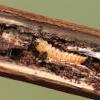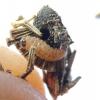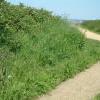35.053 Isophrictis striatella ([Denis & Schiffermüller], 1775)
Status and Distribution
Considered local in central, southern and eastern England and the Channel Islands becoming very local in the rest of England. Rare in Wales and there is a single and extremely isolated record from Scotland, near Aberdeen in 1973. Not recorded from Ireland, Northern Ireland or Isle of Man.
I. anthemidella (Wocke, 1871), a very similar species to I. striatella, was found in Britain in 2020 at Sandwich Bay, Kent, and subsequently in Suffolk in 2023.
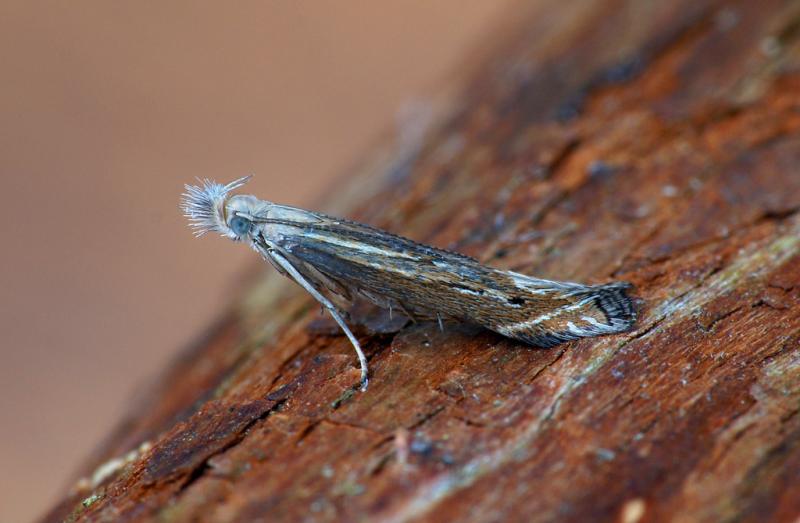
Provisional map
Foodplant and Larval Feeding Signs
Tanacetum vulgare (tansy), see plant distribution map, and Achillea ptarmica (sneezewort). In Europe, also found on Pyrethrum corymbosum and Anthemis (Cota) tinctoria.
During the feeding stage the minute hole used by a larva to access seedheads are difficult to see. In October the larval overwintering site in the stem or flowerhead is accessed via a larger hole filled with whitish chewed pith (see photo).
Habitat
Finding the Moth
Larva: feeds in flower-heads in late August to October and later over-winters in the stem (upper part) or seed-head. Pupates in June in its overwintering site or amongst debris on the ground.
Adult: can be found on the flower-heads or swept from amongst the food-plants. Flies at night and comes to light.
Similar Species
See comments under I. anthemidella
Single brooded in July and August.
Earliest: 29th June 2004 (VC17)
Latest: 31st August 1998 (VC32)

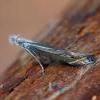
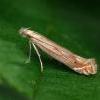
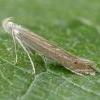
%2C%20Suffolk%202023%20(Photo%20%C2%A9%20A%20Mitchell)_0.jpg)
